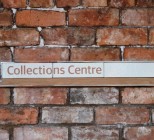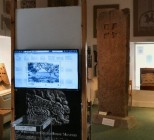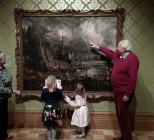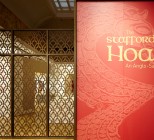The aim of lighting designers is to create visual environments that are engaging, inspiring and enjoyable for the occupants of the spaces that we design. This personalisation of light and the visual environment can be considered for almost all types of projects, but museum and exhibition design offers some of the most tangible possibilities.
This is, in part, due to the nature of the occupants of these spaces: museum visitors seeking their own experience, to engage with the objects and exhibitions in their own way. It is also due to the crucial role lighting plays within the museum environment, defining how people see and experience objects and exhibitions.
Today’s museum visitor is becoming increasingly familiar with technology, with the ability to obtain information on demand. Conventional gallery spaces have static lighting solutions that are a ‘one size fits all’ solution often driven by conservation requirements. These requirements ignore the individual needs of museum visitors, for example the need for older people to have more illumination in order to experience the same level of detail as a younger audience. The colour temperature of white illumination (warm or cool) is again defined by curators and museum conservation staff, a characteristic of light that has been shown to influence individual experiences of objects.
Lighting technology now offers the ability for lighting and exhibition designers to move beyond these static environments to create exhibitions that can be lit according to a museum visitor needs and preferences. This can be achieved whilst adhering to the conservation requirements necessary to ensure sensitive objects can be preserved for future generations.
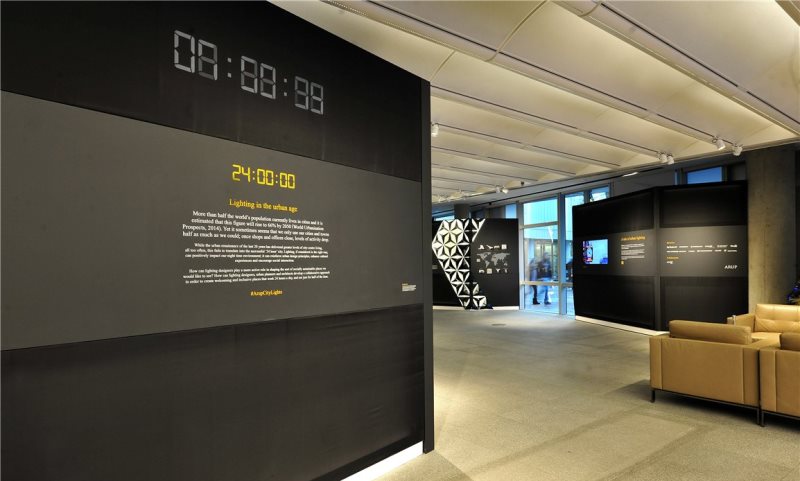
A recent exhibition at Arup entitled – 24:00:00 – Lighting in the urban age – explored the possibilities of smart lighting and how it can be used to facilitate engagement and personalisation for visitors at exhibitions. New generation LED luminaires were produced for the exhibition which incorporate smart LED modules with integrated sensors and wireless connectivity. Each of these track mounted luminaires communicated via power line technology to a central lighting control system which can be accessed by visitors with their smart phones and other wireless devices. This allows users to change the intensity of illumination, as well as the directionality, via a simple and intuitive graphical interface. The luminaires are also equipped with Bluetooth Low Energy chips that allow the location of users within the exhibition space to be identified, allowing content specific to the adjacent object to be delivered to visitor smart devices. A centralised control system monitors all individual luminaires allowing the exhibition team to track and log illumination levels and the amount of time visitors are spending at each exhibit.
The exhibition demonstrated that the technology is now at a stage to allow exhibition designers to use light in a new and visitor focused way. It can for example allow a 60-year-old visitor to illuminate objects to higher levels of light compared to a younger visitor. New LED sources can now also allow visitors and curators to tune the color and spectrum of light illuminating objects, opening up new possibilities of how art can be interpreted. Luminaires within gallery spaces can also now be used to provide services that are not related to lighting. This idea of ‘light as a service’ can provide location based services, delivery of object specific web based content, wireless communications such as LiFi and much more.
The challenge that has faced lighting designers over the past 5 years or so has been the increasing “technologizing” of lighting, and embracing this change within our design process. LED light sources were considered a disruptive technology initially, with concerns regarding their quality for museum and exhibition use, this has now changed with significant increases in quality in some products. As designers of light within the museum environment we have assisted our clients through this change in light source technology. A new challenge and opportunity is now how we can embrace smart lighting technology within the museum environment, whilst ensuring that the focus remains on providing unique and engaging experiences for museum visitors.


